Classification of galaxies
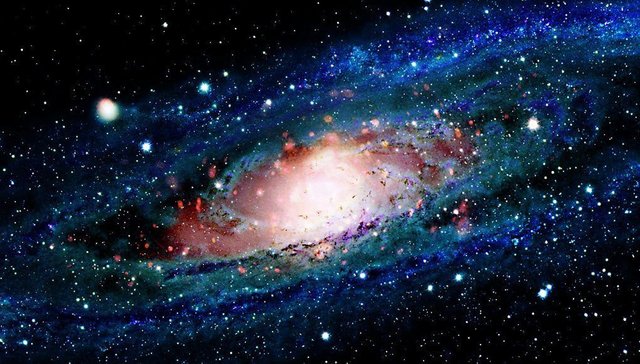
The universe is so frighteningly immense that it is impossible to calculate the number of galaxies that are in it, over the years astronomers have been able to discover many of them that are at less or absurd distances from ours, each of them presenting a pattern of color, composition or shape different from the other. In this case I come to talk about how these galaxies are classified.
But before that, what is a galaxy?
In simple terms, a galaxy is the accumulation of hundreds of thousands of stars, this large group of stars are held in one place thanks to the force of gravity that each of the stars individually possesses. As it is to be supposed, each galaxy has different characteristics, in some the number of stars can reach the billions, while in others the quantity can be much smaller. The Milky Way is our galaxy, it is the galaxy where we live and therefore it is the galaxy of which we have more information, however, there are still many things to discover about it. But it is known that the Milky Way is approximately a diameter of about 120000 light years and it is estimated that it could have the amount of at least 400 billion stars inside it.
Hubble sequence
In the year of 1996 Edwin Hubble, who would be one of the most important and recognized astronomers in history, would develop the Hubble Sequence, in this sequence the classification of galaxies according to their "nature" is explained. Hubble determined that galaxies are classified as:

Spiral galaxies:
As the name implies, this type of galaxies are characterized by having a spiral shape, these galaxies revolve around its central orifice that is composed of stars of advanced age at very low speeds. As you can see in the image, this type of galaxy from its center extends composite materials of different elements in the form of "arms". This type of galaxy in turn are the most common we can find in the universe and also, our galaxy (the Milky Way) belongs to the classification of spiral galaxies.
Elliptical galaxies:
This type of galaxy is characterized by spherical or oval shape, do not have internal structure and unlike others, these galaxies have a level of uniform luminosity. In the elliptical galaxies, the stars that are in them, travel in all directions without any order, these stars remain in disordered movements because if any of them fall in the center of the galaxy, by gravity, this star would collapse. But it is known that due to the pressure of a centrifugal force the stars can not fall in the center of their galaxy.
Irregular galaxies:
In the same way as its name indicates, this type of galaxies have strange forms or deformed aspects, and are very different from the type of galaxies mentioned above, these are composed mostly in large amounts of gas and dust. In turn, these types of galaxies are divided into two types:
There are irregular galaxies whose distribution of matter is regular, they can be considered as spiral galaxies whose formation is not complete.
Then we have the completely irregular galaxies, these galaxies present "deformations" in all their form, it is believed that the level of irregularity of these galaxies comes from a great force in its nucleus or by product of a collision with some other galaxy in the past .
Dwarf galaxies:
The good thing about astronomy is that in many cases they use simple and specific terms to refer to something, in the case of dwarf galaxies, they are very small galaxies if we compare them with the Milky Way. This type of galaxy only occupies a small part of the size of some other type of galaxies, and in its interior only they are amounts approximated to the billions of stars, they have a size approximately to the 330 light years.
I always imagine the day where the human being can go on a manned ship to the nearest galaxy, without a doubt that would be the most important and great event in the field of astronomy and the history of humanity in history.

Source of information 1 - 2 - 3

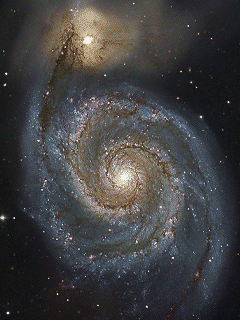
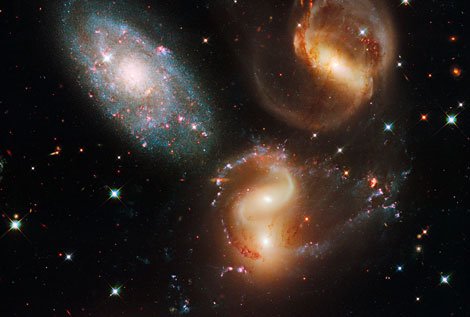
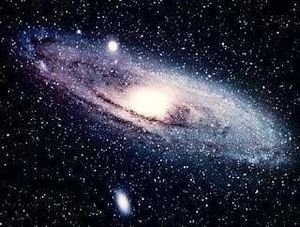
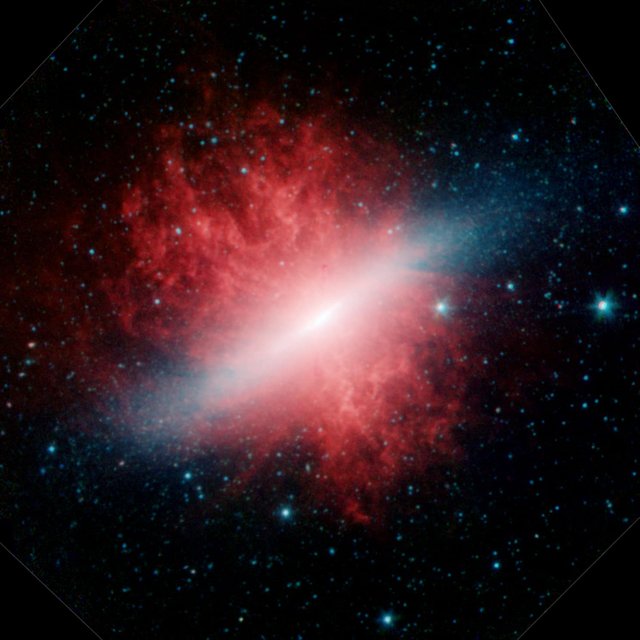
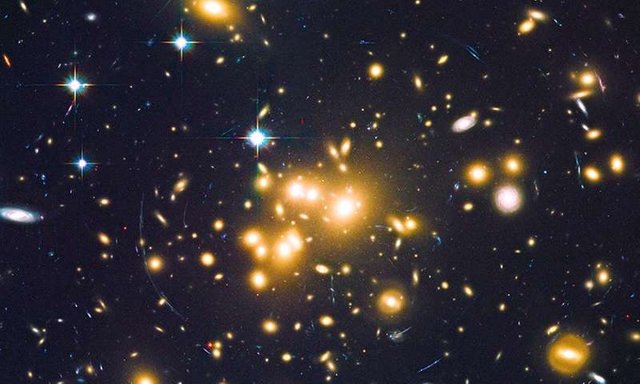
This makes me remember a machine learning challenge where one guy implemented a galaxy classifier using pics of cats and dogs as a basis to guess the galaxy nature... :)
Really? that sounds pretty cool, it's very didactic.
I am sure you can google it and find it :)
Thats pretty neat. I guess thats a good example of the human mind trying to start comprehending something we are overwhelmed by starting to associate it with what we have a grasp on. Then we go from there! Hope what I said makes sense. Lol,
From my naive standpoint, the problem is then: how to assess the error bar? Square root of a cat? :D
I think the next mathematical theoy is in the works. Literal 🐱 math. Hahaha.
lol :)
Concidering our galaxy is a merge of other minor galaxies, where can we categorize the milki way?
Barred spiral galaxy.
I too hope we can visit our closest galaxies, friend!
Just to give you a scale of size, going to speed of light, 180k miles per second, crossing just our Galaxy would take about 120,000 years! Mind bogging! Our closet neighbor the Andromeda galaxy is around 2.5 million light years away from us. I want so badly to be able to one day have the tech to do. The bad thing is, anyone who travels to one with technology that doesnt even exist yet, would leave behind all they know due to time dialion under the theory of special relativity. Sorry for rambling! Haha
Its really cool the classifications they have, like spiral and barred spiral subcategories. Galaxies are some of the most mesmorizing pictures I can think of. As of today, AGAIN, the James Webb telescope has been delayed to launch in 2020. I understand though, once the JWT is launched there is no repairing it like Hubble due to the distance out we are placing it. So if it starts out like the Hubble fiasco we are screwed. If all goes well we will see have something to view galaxies that is 100x more powerful than current abilities! Great read sir.
Thank sir.
Wow i didnt know that galaxies were classified these ways and just a question whats the glow in the middle of a galaxy is it the force that your talking about or is it a just a lot of stars in the sane place
Sorry man, it doesn’t emit gamma after feeding, it emits X-rays and radio waves!
Oh i see thanks!
It’s usually the super massive black hole. The acceleration disc around the event horizon spin around mass it shreds apart at such speeds it super heats the gasses. Then also it could be a gamma ray burst coming from the singularity, the center of the black hole, being jettison outward after feeding on a star.
So meaning the light we are seeing was from a star the was eaten years ago because of how far it is?
Exactly right. Ever how far in light years where the event was witnessed, that’s how long it look for us to see it. So blackhole was say 100 light years away, it too 100 years later for us to see that event.
Very good information there!
Este post fue elegido para ser votado por theunion